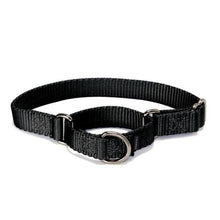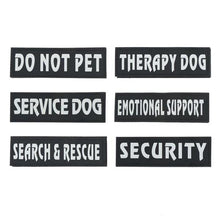Degenerative Myelopathy (DM), The Genetic Plague of German Shepherds

Degenerative myelopathy (DM) is a disease that disproportionately affects the German Shepherd Dog breed. 35% of German Shepherds have the genetic mutation to be a carrier/at risk. Roughly 17% go on to be diagnosed with DM. Today we are going to talk about the cause, treatment options and how to prevent DM.
For starters, DM is a fatal neurodegenerative disease that affects older dogs. It initially results in paralysis of the hind legs but eventually progresses to affect all limbs.

A mutation in the gene superoxide dismutase 1 (SOD1) has been found to be the cause of DM. Dogs that have two copies (homozygous) of the mutant allele are the ones who are at risk to develop DM. Oddly enough, not all dogs that have the mutation will develop DM and the exact reasons why are unclear.
Mutations in SOD1 are associated with some forms of human amyotrophic lateral sclerosis (ALS), which is also an adult onset disease that causes muscle weakness and eventual respiratory paralysis.

DM seems to express itself typically around the age of 9 years old. The initial symptoms are a loss of balance and weakness in the hind legs. Another common symptom is the scuffing of nails on the back feet while walking as the brain isn't getting clear signals as to whether or not the foot is set paw pad side down.
As the disease progresses, more noticeable paralysis of the hind limbs and urinary and fecal incontinence are common. Eventually all limbs become weak and swallowing difficulties can develop. Within 11 months, most dogs are unable to walk at all.

There is no treatment and no cure for DM. Physical therapy is usually recommended but there's no evidence that this aids in longevity of life, nor in quality of life. Dogs with advanced DM will need to be kept on a padded bed and will need to be turned from side to side every four to six hours to prevent bed sores. As the disease progresses they will lose the ability to urinate on their own. Urinary catheterization or manual expression will be necessary three times daily. Wearing gloves and hygiene management are extremely important when using catheters to prevent potentially life threatening urinary tract infections. If a dog begins to have trouble swallowing, it may need to be tube fed.
How to prevent DM: You can't. It's a genetic disease that an affected dog was born with. But you can insure that you only buy German Shepherds from reputable breeders who test for DM or have lines that do not have DM in them (a lot of working lines have kept dogs with DM out of the gene pool after the discovery of the mutated gene in 2009).

DM still isn't fully understood. Dogs who are tested either test as DM Normal, DM Carrier, or DM At Risk (in order of the likelihood that a dog will get DM later in life). Some DM Carriers develop DM in rare cases. Some DM At Risk dogs never do. There's speculation of other unknown factors and discrepancies in testing. It can also be reasonably assumed that because some dogs don't show symptoms of DM until 14, that many large breed dogs, like German Shepherds, die of natural causes before the disease can show itself.
A note to rescuers and puppy buyers who didn't get a pup from health tested parents: There's no reason to test a dog that you're not going to breed except maybe peace of mind. But there's no reason to panic. It's not a difficult disease to diagnose. And chances are you won't see any negative affects until at least 8 years old.

A note to breeders: If you're unsure if DM is in your lines, test your dogs. The OFA only charges $15 for the testing, although you will have to pay your vet to do it, which shouldn't cost much at all. It's a simple mouth swab. You can also register your dog's DNA at the same time and kill two birds with one stone, so to speak. While you're at it, get hip and elbow x-rays done as well. There's nothing worse than to see a puppy you produced suffer. And their new family will not forget that the lack of testing is partially to blame for genetic diseases their dog suffers. Not testing hurts you, them, and the dog you produced. Breed with a purpose, and produce the healthiest dogs you can.

If you enjoyed this article or learned something, please leave a like and share so that more people can educate themselves on a disease that affects so many dogs and so many human lives. This disease can be beaten and we all have to join together to hold breeders and buyers accountable. Thank you.
You may also like: Cancer Warning Signs In German Shepherds
























